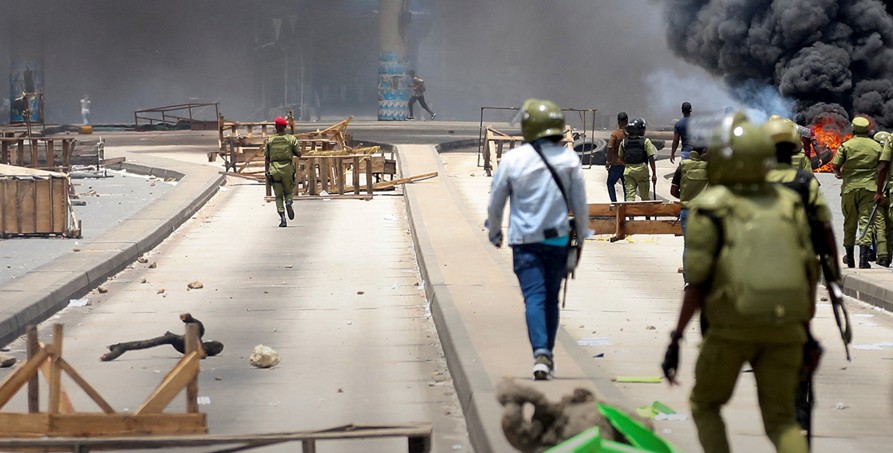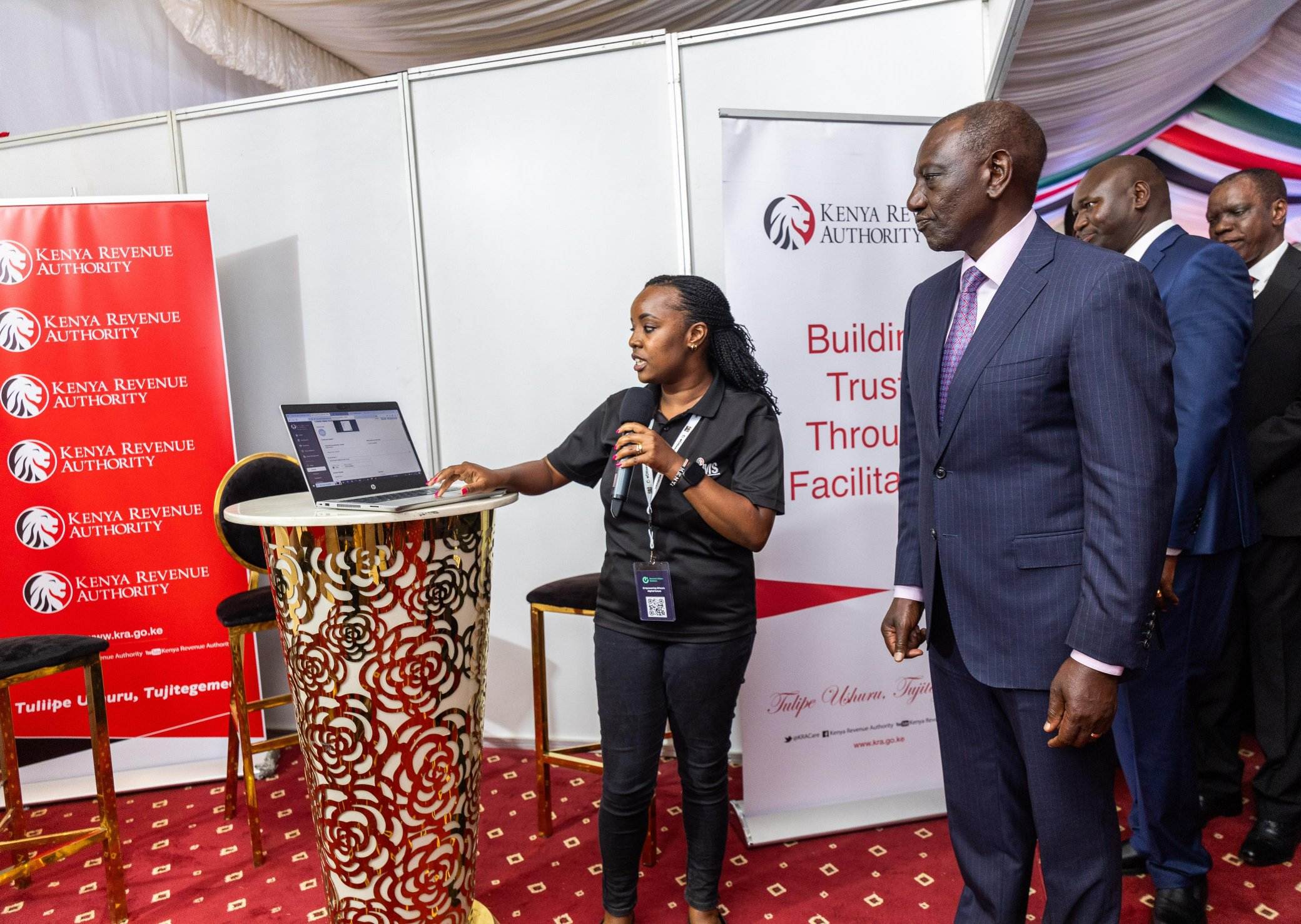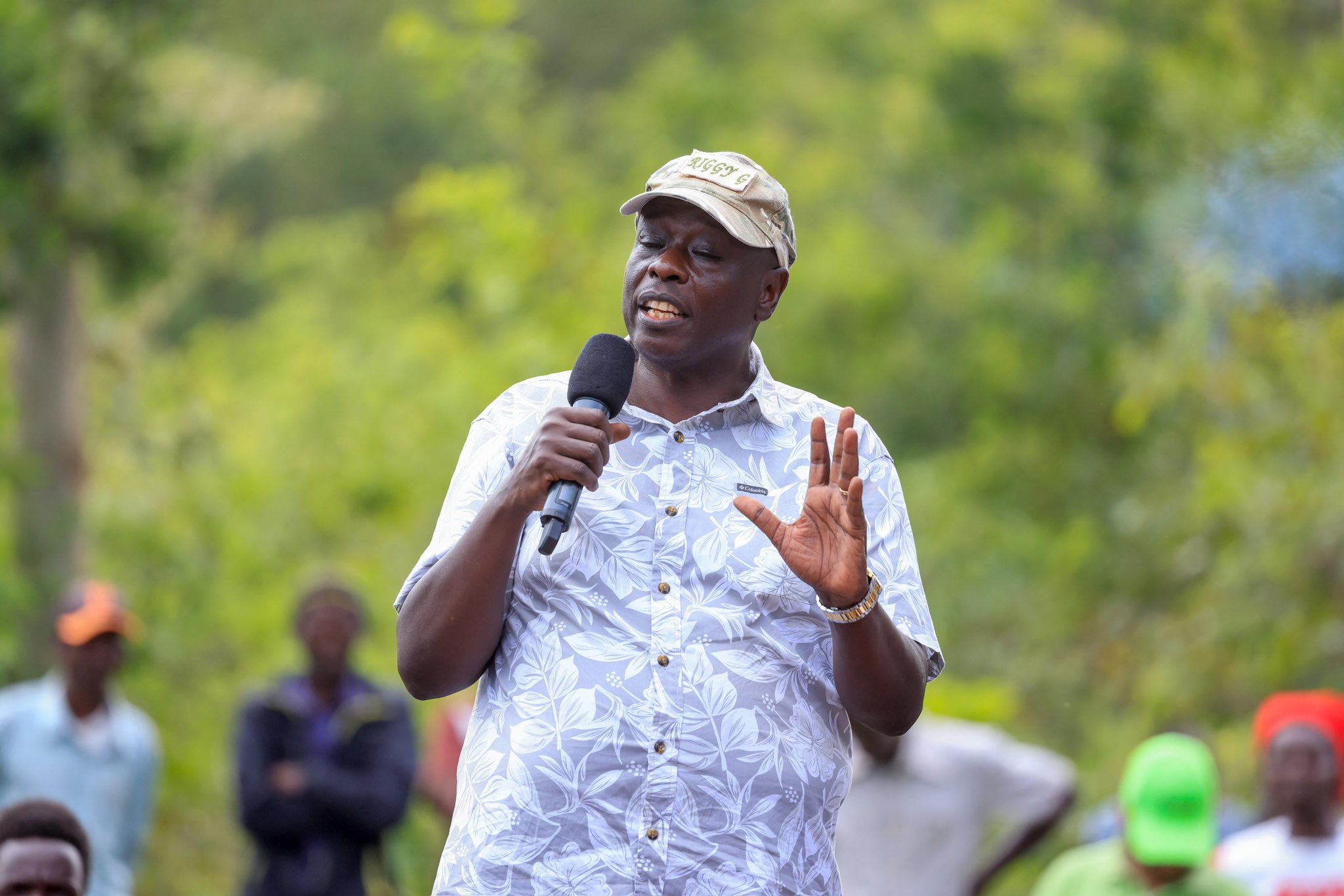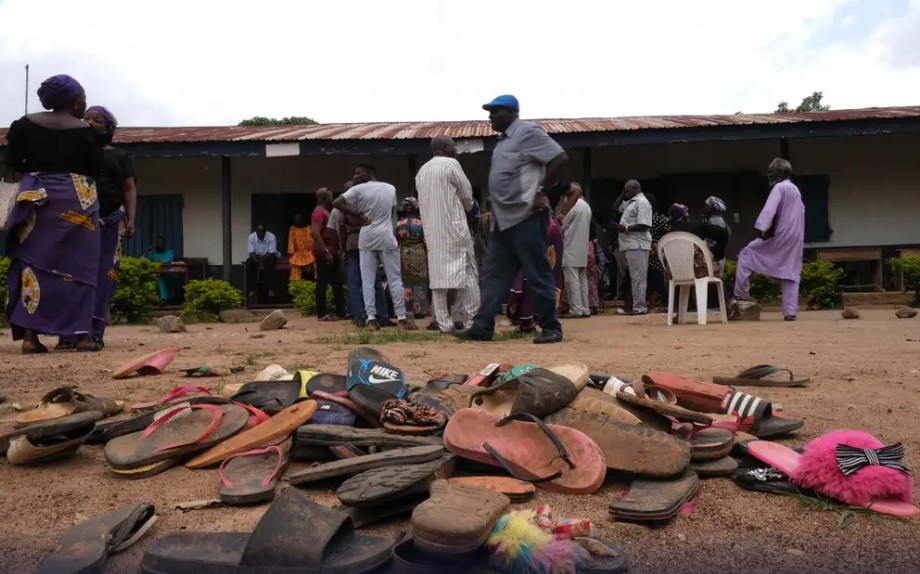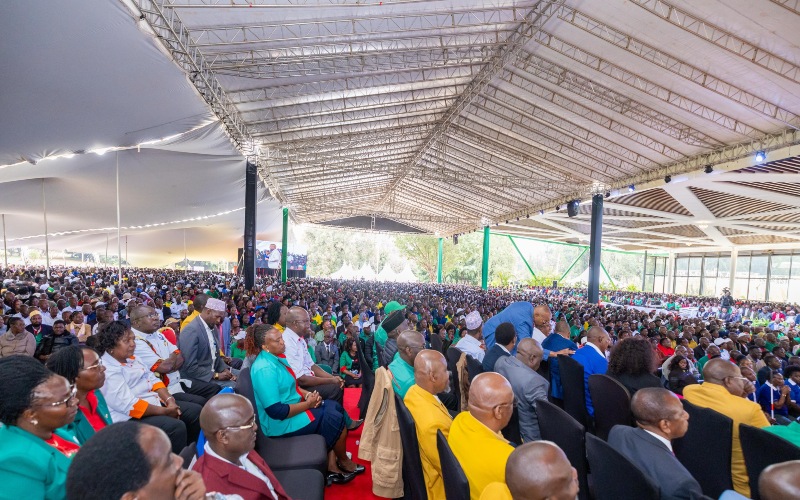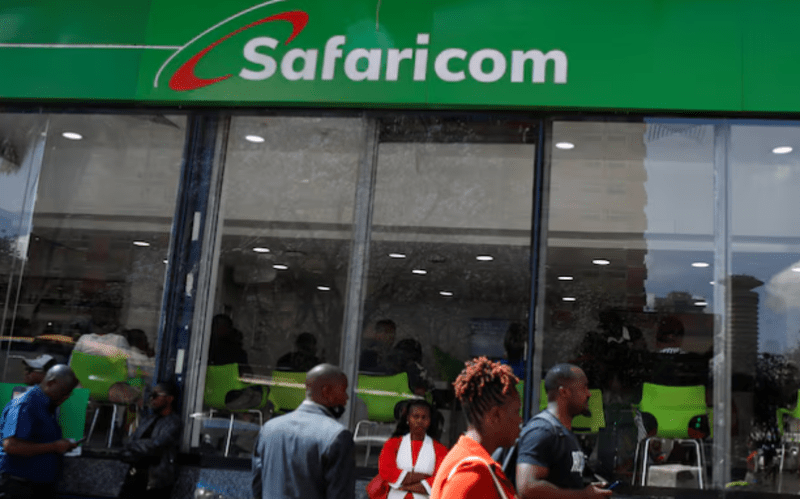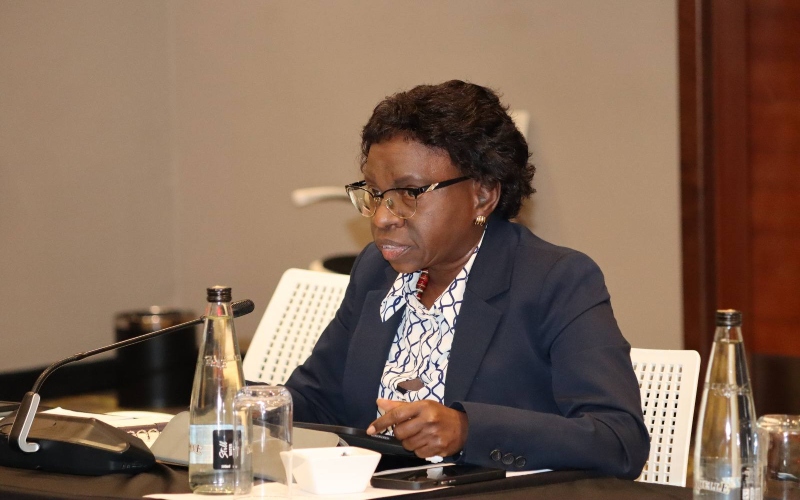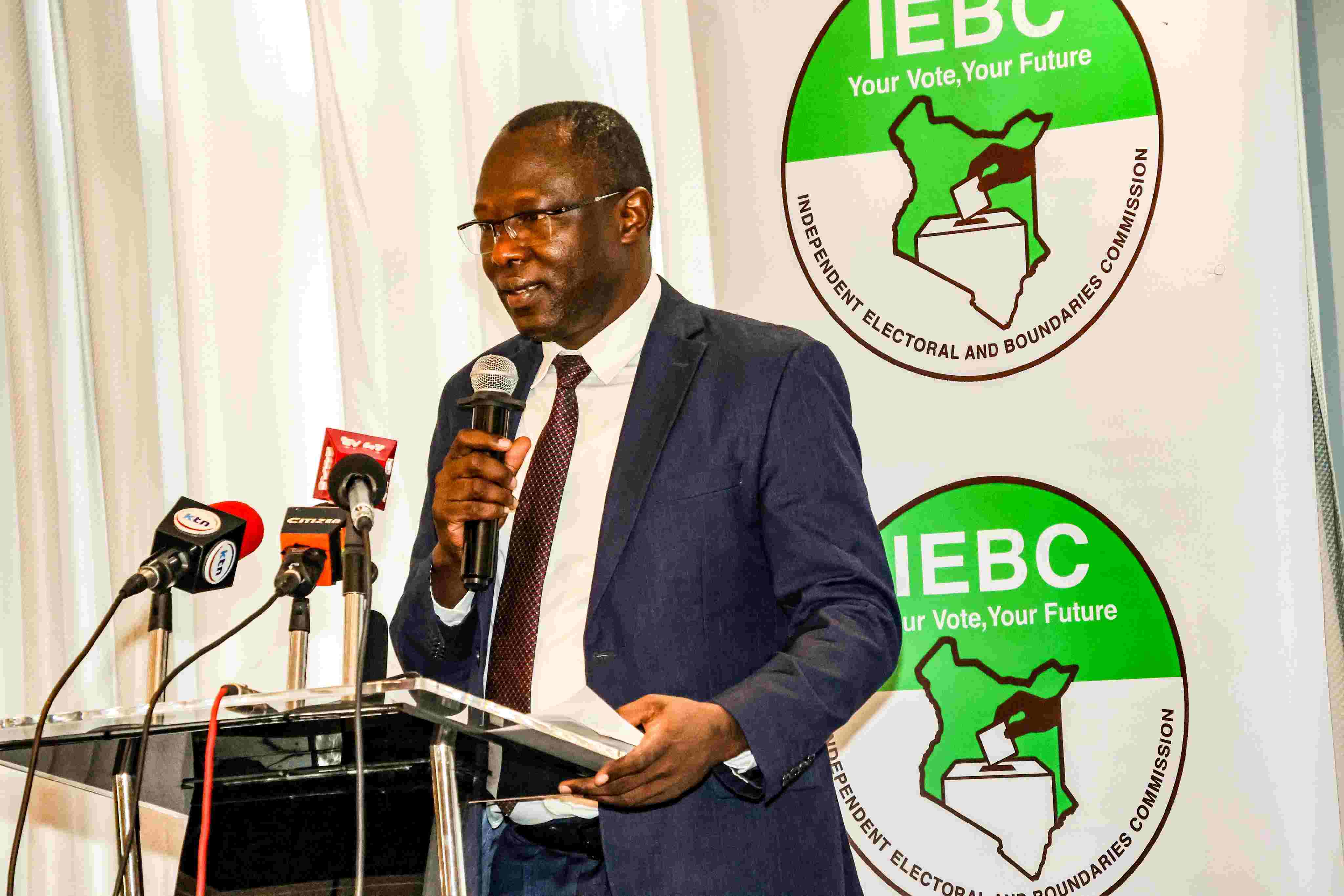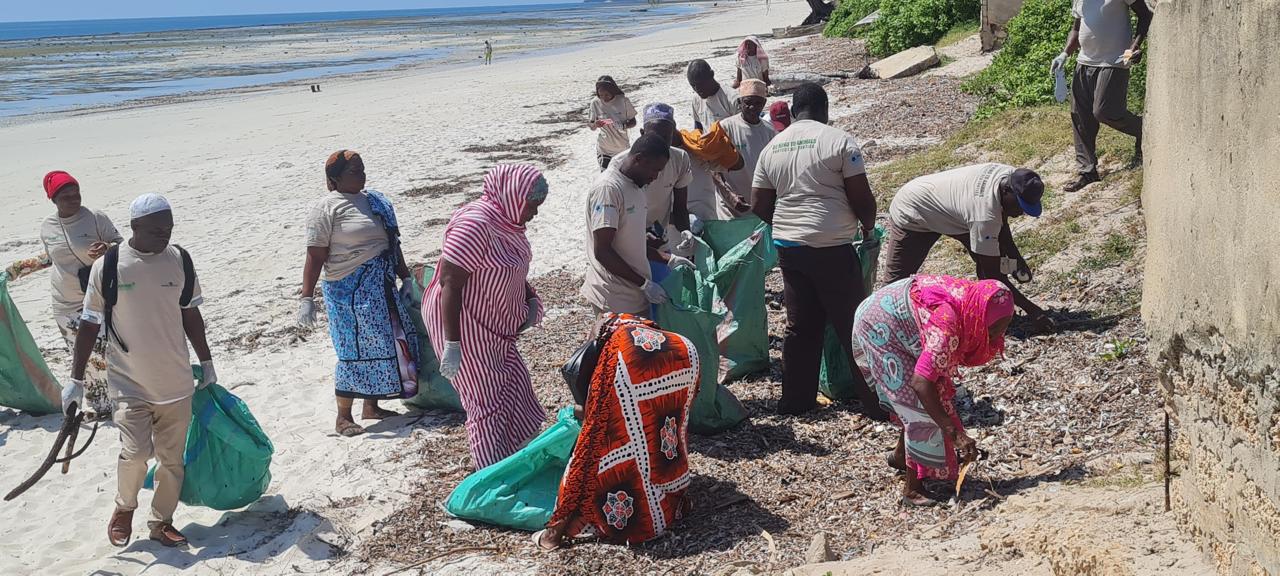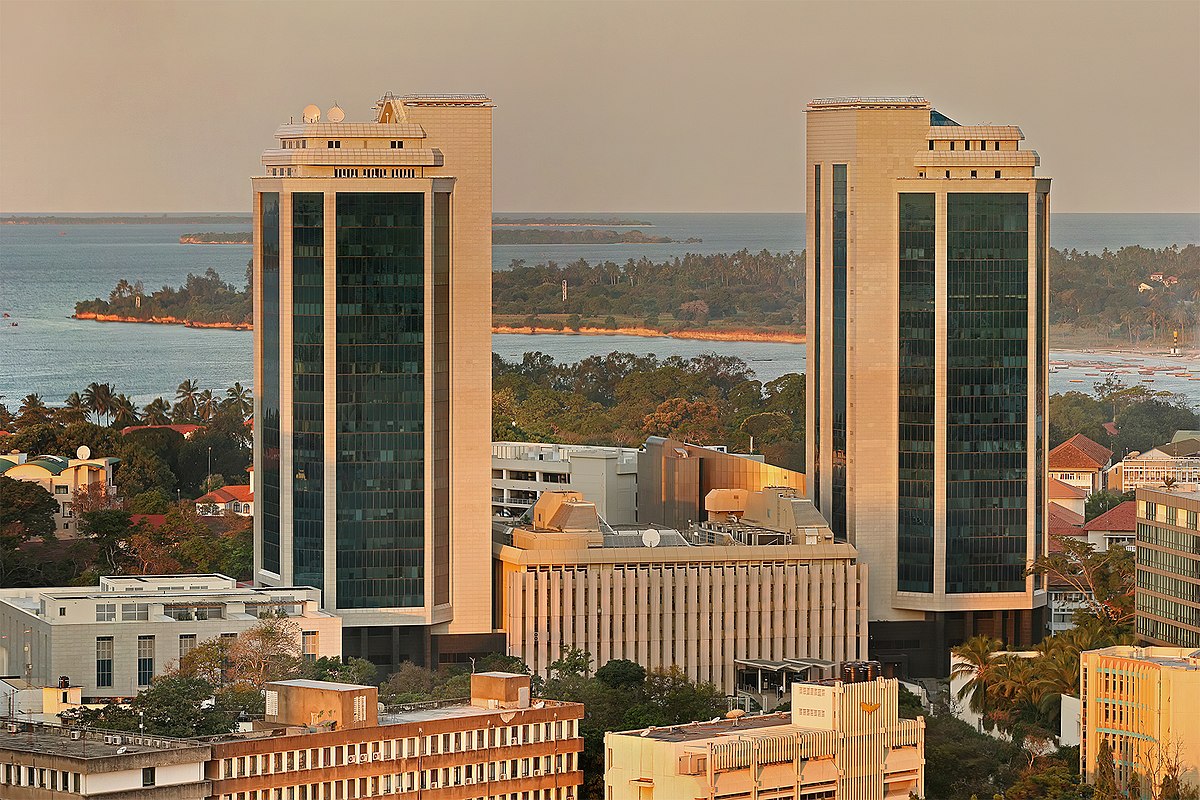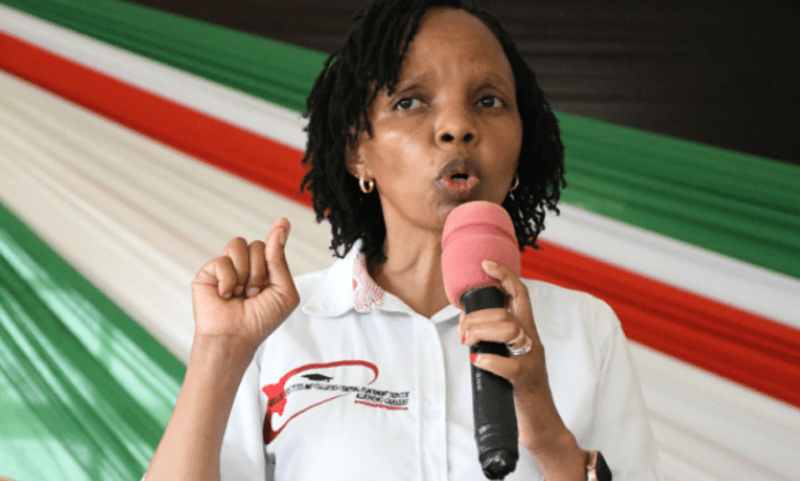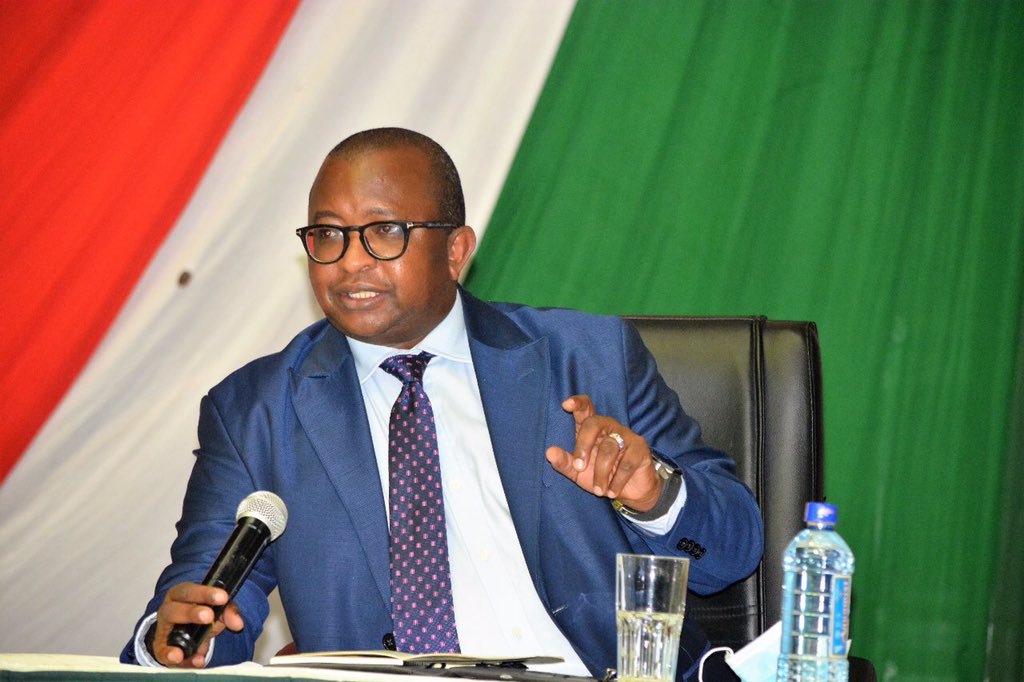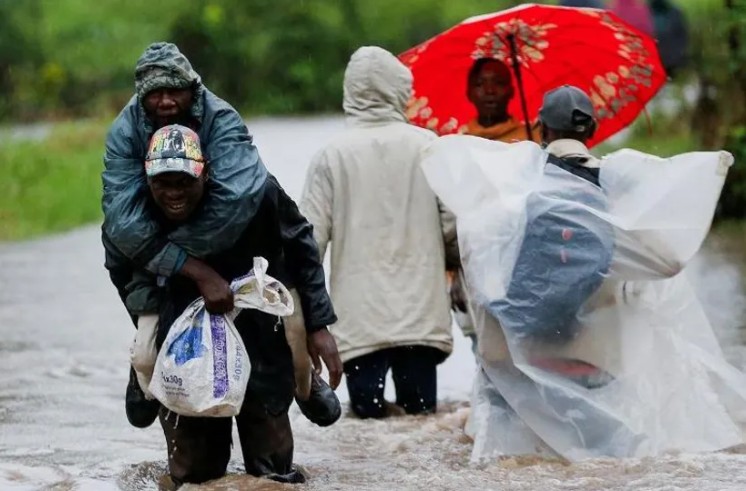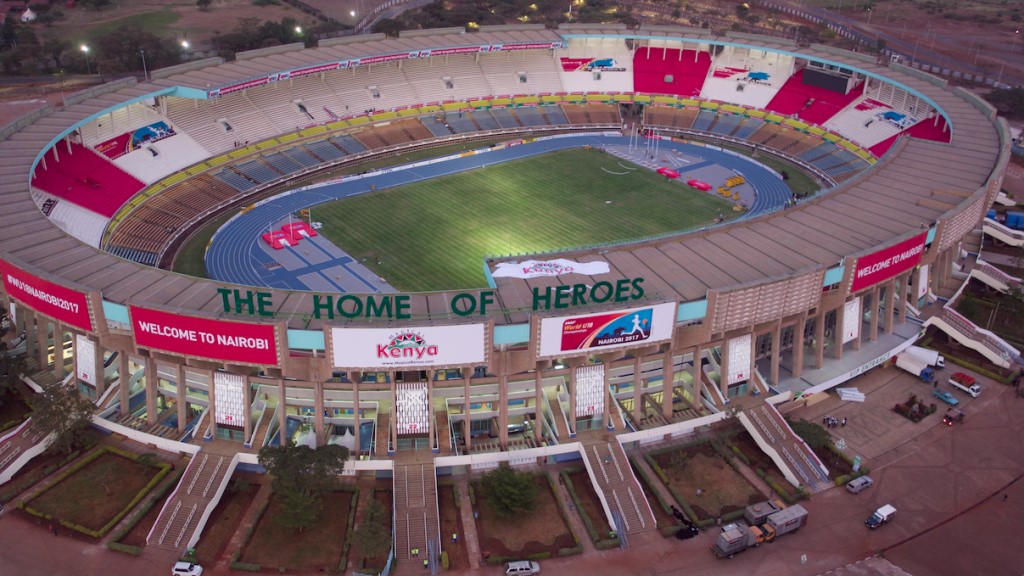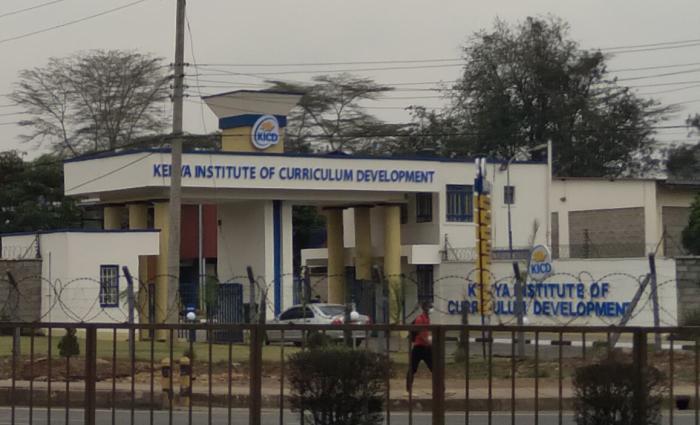Rwanda to build regional hub for satellite development and testing
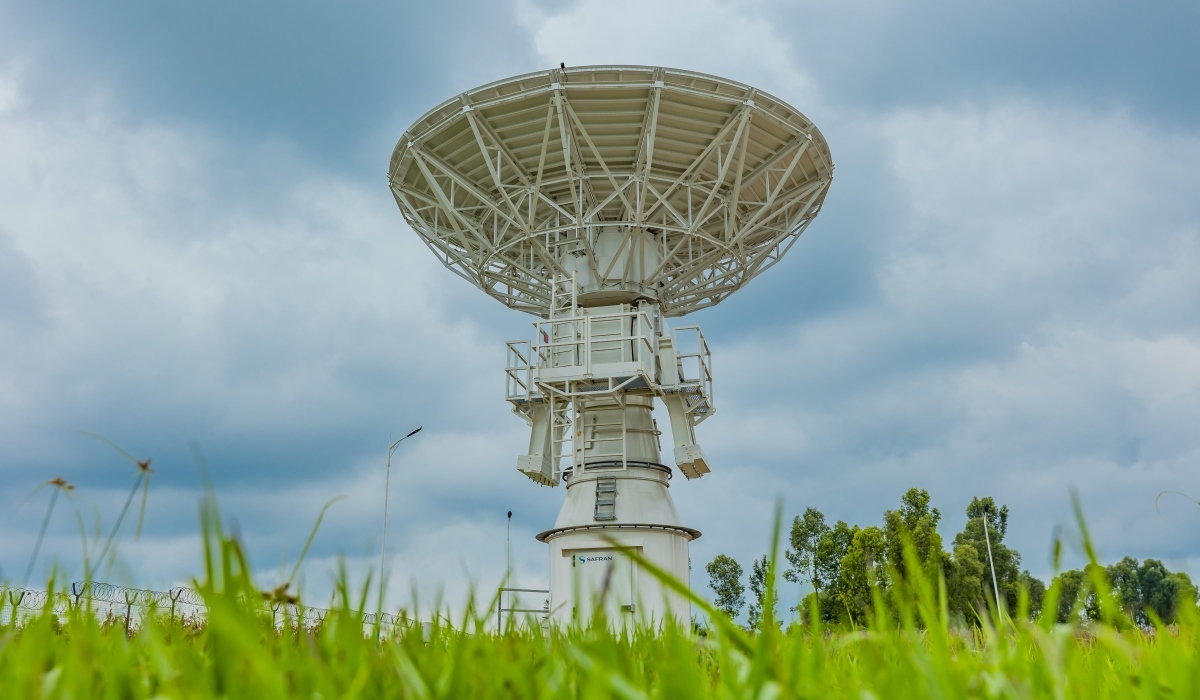
The plan is detailed in Rwanda’s recently approved space policy, which prioritises reducing the country’s reliance on foreign providers for satellite imagery and communications.
Rwanda has embarked on plans to build a regional hub dedicated to satellite development and testing, part of its broader ambition to enhance sovereign access to critical space-based data for agriculture, disaster response and national security.
The plan is detailed in Rwanda’s recently approved space policy, which prioritises reducing the country’s reliance on foreign providers for satellite imagery and communications.
More To Read
- How Rwandan entrepreneur rose to become one of Africa’s top 10 business heroes
- Inside Rwanda’s bold bet on drones for transport, defence and innovation
- Rwanda gears up to host historic 2025 UCI Road World Championships in Africa
- Kagame explains inspiration behind Kigali’s sports city
- Kagame lauds Dangote’s push for African-led development
- Rwanda to export beryllium to Kazakhstan under new bilateral agreement
The move is intended to secure faster and more reliable access to critical data while advancing Rwanda’s technological self-reliance in space systems.
A satellite assembly, integration, and testing (AIT) hub is a specialised facility where satellites are constructed, integrated and subjected to rigorous testing to ensure they can endure the harsh conditions of space—such as extreme temperatures, radiation and the physical stress of launch.
The process involves bringing together key components, including power systems, sensors and communication devices, to create a fully operational satellite.
According to The New Times, the initiative, which is being implemented in partnership with Czech aerospace firm TRL Space, is expected to be operational by 2028. The company, which has already opened an office in Kigali, has reportedly committed to investing at least $2 million (Sh258,456,950) in the project.
“Our intention is not just to supply these technologies to the country. We bring added value to the region. We want to introduce new space technologies that will increase the economic and living standards of the entire region,” TRL Space CEO Petr Kapoun said in an earlier interview with The New Times.
Kapoun noted that the first satellite developed at the Kigali facility will be built through collaboration between European and African engineers. However, subsequent projects will gradually shift toward full local ownership, with Rwandan experts taking a central role.
Eventually, he added, the vision is to develop an African-built satellite constellation—a network of interconnected satellites designed to offer consistent and comprehensive imaging of the continent.
“This can be a game-changer for sectors like agriculture, climate monitoring, disaster response, and urban planning,” Kapoun said.
TRL Space, working through its local arm TRL Space Rwanda, will contribute its technical know-how, development capabilities and manufacturing capacity to the project. This will be done in close partnership with the Rwandan government, universities, and research institutions.
Nicol Adamcová, the Ambassador of the Czech Republic to Rwanda, told the New Times that the country's enabling environment is ideal for testing cutting-edge innovations.
"Rwanda is a country with great potential for our companies. Thanks to progressive legislation and very low bureaucracy in establishing and managing projects, it offers itself as a place where innovative solutions for the whole of Africa can be tested," she said.
TRL Space has also begun identifying and developing local talent through initiatives like the recent CubeSat Makerthon, which allowed the firm to recruit skilled individuals from across Africa.
According to the Rwanda Space Agency (RSA), the creation of the AIT hub will not only help position Rwanda as a leader in Africa’s emerging space economy but also provide a range of socio-economic benefits.
“By hosting the AIT hub, Rwanda stands to benefit from high-skilled job creation, knowledge transfer, and the growth of supporting industries such as electronics, precision engineering, and data analytics,” the agency said.
RSA added that the facility is expected to attract a pool of regional talent—including engineers, researchers, and students—who will gain practical experience in space systems engineering.
While the $2 million (Sh258,456,950) investment may seem modest compared to global aerospace ventures, officials view it as a vital strategic move toward self-reliance and innovation in space technologies.
Rwanda's involvement in space technology began in 2019 with the launch of RwaSat-1—its first satellite—into low Earth orbit. The satellite has been providing crucial agricultural data such as soil moisture levels, crop estimates and land use assessments to the Ministry of Agriculture.
The RSA has also deployed satellite technology in real-time crises. In May 2021, during the eruption of the Nyiragongo Volcano, the agency used satellite imagery to monitor lava flow and inform emergency responses, helping to avoid the full evacuation of Rubavu town.
More recently, in May 2023, when floods devastated Rwanda’s Western region, claiming over 130 lives, the RSA used satellite imaging, machine learning, and live monitoring to assess damages, locate safe evacuation zones, and support relief coordination efforts.
Globally, the space economy was valued at $630 billion (Sh81.42 trillion) in 2023 and is projected to grow to $1.8 trillion (Sh232.61 trillion) by 2035. Africa’s share, however, remains at a relatively low $22.6 billion (Sh2.92 trillion), a gap that Rwanda hopes to help close through its investment in homegrown space infrastructure and innovation.
Top Stories Today
